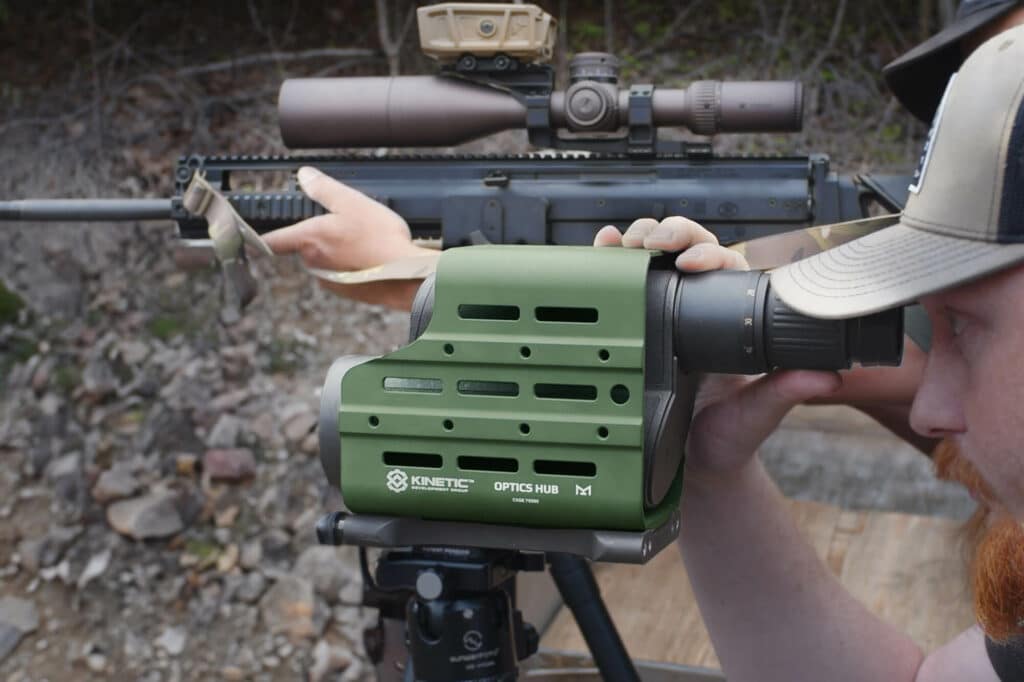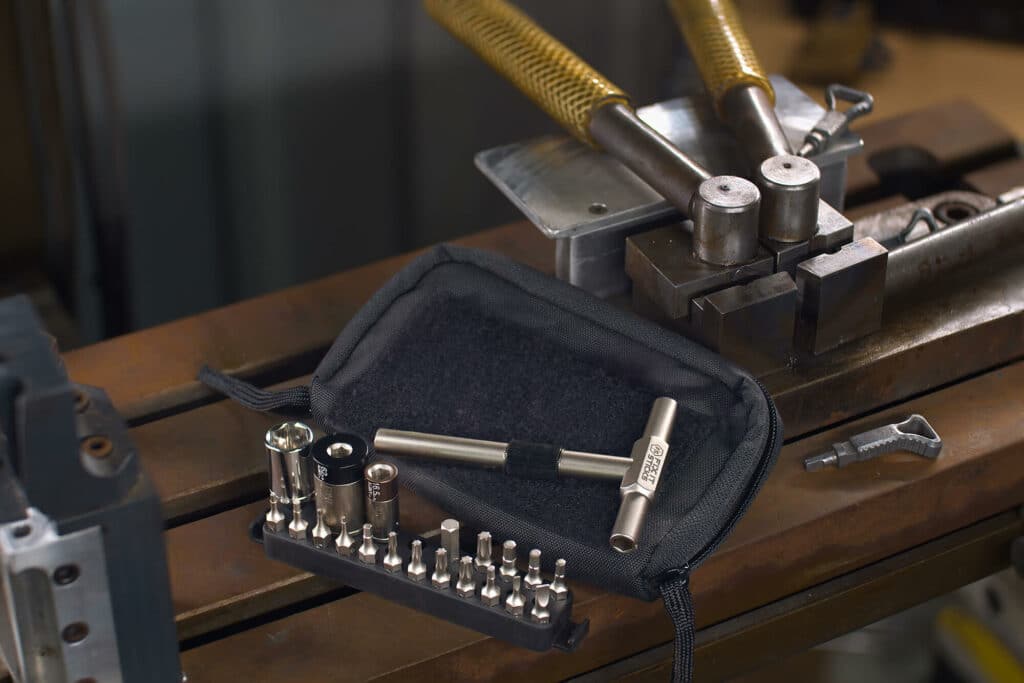Vehicle Prepping
This week we’re going to diverge from firearms talk to enter the realm of prepping. This will be a multipart blog. In the past 10 to 13 years there has been a growing movement of people wanting to be more prepared for different situations and unexpected disasters. There are many reasons why this movement has taken off, morphing from tin-foil hat weirdos into everyday citizens. Some of the biggest contributing factors are a combination of GWOT veterans, outdoorsmen, and easy access to information from resources like Google and YouTube. The most common reason for wanting to be more prepared, or “prepping,” is to gain independence while becoming more self-sufficient in an attempt to hedge against the constant chaos that surrounds us all. The past few years have shown us that the systems we take for granted are fragile and temperamental at best. Mix together a dash of incompetent government, a natural disaster, and a few panicked civilians, before you know it you got yourself one big bowl of fucked-soup. But I digress. I want this blog to focus on being prepared with the mindset for preparation, instead of focusing on the countless reasons why everyone should be more prepared.
Whenever someone mentions prepping the first thing that comes to mind, more often than not, revolves around being at home in some capacity. Home is where you have food & ammo reserves, endless resources and the home-field advantage. The ultimate bug-in location is most likely going to be your property (or a friend or family member’s). The question I pose; What happens when disaster strikes and you’re not at home? This week’s blog we’re going to introduce the topic of vehicle prepping, and how the relationship between you and your vehicle can tip the scale when disaster strikes. This isn’t to be confused with bugging out or overlanding / off-roading. No. This post is a vehicle EDC, geared towards one’s day to day typical car usage, with the mindset of getting home at all costs. I believe it’s important to be prepping for the most likely scenarios. The things that could happen on any given day, not just Doomsday. For the purpose of this article, within an hour and a half drive, or about 90 miles or so, is a good range away from home that I should be prepared to travel on any given day, in any situation (even on foot). It’s important to determine your maximum and minimum distances of travel because this determines the gear and equipment you keep inside your vehicle and helps to establish a plan, with contingencies. Before diving too deep, let’s discuss getting to know your vehicle as intimately as possible, as well as familiarizing the areas we most commonly traverse.
To better understand your vehicle it’s important to first get familiar with your surroundings. Keeping in mind the purpose of vehicle prepping, we’re gonna plan around the state we live in. Do you have a basic understanding of your state’s weather patterns and general terrain? – Connecticut, generally speaking, is hilly with the ocean to the south and lots of farms & forests to the north. We experience all 4 seasons with unpredictable weather shifts. How would you describe your state? – It’s also very helpful to have knowledge of the major and minor highways that cross the state. Knowing the major highways and roadways will help navigate your way through areas you might be less familiar with. Once we have a general understanding of the state we live in, we’re going to focus on the few towns, cities and blocks we travel to the most. Daycare, the gym or work are all good examples of places you might stop off at or travel to. Here is where we really want to focus on learning the immediate roadways and terrain / structures. – Seymour, KDG’s hometown, is a medium size farm / industrial-park town located between 2 major highways and 3 major roadways. Surrounding each highway is an area of increased crime and infrastructure. – Buildings and businesses are great to note as they might have handy resources inside or they could be places to avoid. Same goes for infrastructure like bridges and tunnels, they might be great in some situations or detrimental in others so pay attention on your next drive. Knowing alternate routes both to and from these locations can help avoid traffic jams or hostility and help get you home quickly & safely. (Once you’re confident in your area of operation, expand your knowledge to surrounding states. You can never be too prepared.)
Once you’re more familiar with the state and the areas most traveled to, we can focus on our vehicles. It’s important to get to know your car really well so that you know what it can handle and how to overcome whatever it can’t. Plus knowing what “normal” feels, smells and sounds like can help identify mechanical or electrical problems in advance. Bear with me: read your vehicle’s owner manual! Yes it’s boring but there is loads of great information in there. Had to be said, now moving on. Examine your entire car both inside and out. Pop the hood and take a look around, if possible, crawl underneath. Even if you know what the major mechanic components are and what each one does, they’re not always in the same locations or function the same. If you’re the type of person who can’t point out the washer fluid cap, then maybe a little googling might not be a bad idea. – The first time I took a look at my Jeep’s engine compartment I didn’t see my battery. Turns out the battery is under the passenger seat, accessible from the 2nd row (aka not where they usually are). Point being, not all engine components are in the same locations. – Don’t expect to become a master mechanic but understanding parts, functions and maintenance of your vehicle is a crucial part for thoughtful preparation. This will lead us into the most fun part which is getting the inside of your car prepped and ready for whatever scenarios life throws your way.
Before we load up our cars with a bunch of useful and lifesaving equipment, we need to make some room inside that vehicle. The only way to start this process is to clean everything out and start fresh. Start by removing everything inside the vehicle, all the junk that has been collected, taking inventory of the storage compartments and taking notes of previously kept items that may or may not be useful to you in the future. The storage compartments inside of our car will be loaded with different essential equipment so prioritizing and designating what gear each compartment will hold is a powerful tool in itself. – Would you keep maps and your vehicle’s registration in the trunk, or would it be better to keep them in the glovebox? This is a very simple example of prioritizing where certain items are stored. – During this process I encourage you to get creative and look for ways to maximize space and utility, nothing inside of your car should be off limits.
These are the preliminary steps to knowing what gear you may need and what gear you should keep with you at all times. Over the next few weeks, until part 2, survey the areas inside of your state that you travel to the most. Determine the distances you need to or are willing to travel to to get home and then start to formulate a plan. Think about the terrain and learn the roadways; spend a few hours getting to know your car better. Once you’ve cleared out the inside, consider what useful gear you’ll need to get back home and the locations inside your vehicle that are best suited to store that gear. This is the homework and pre-preparation needed to gain the advantage. Part 2 of Vehicle Prepping & EDC we will dive into the gear itself. I will discuss topics like vehicle recovery and survival scenarios such as when to stay inside your vehicle and when to abandon it. During the breakdown of each topic, I will also discuss the different gear required while categorizing them into individual tool kits. – I drive over an hour to work, and my relatives live in a town about an hour and twenty minutes from my house. Having essential equipment in my Jeep is super important to me in case of an emergency. My Jeep, and the gear inside is my only lifeline to get home. – This is the purpose of this blog (and future blogs), and this is the same mindset I believe others who are serious about survival and prepping should have too.
– JS –

















